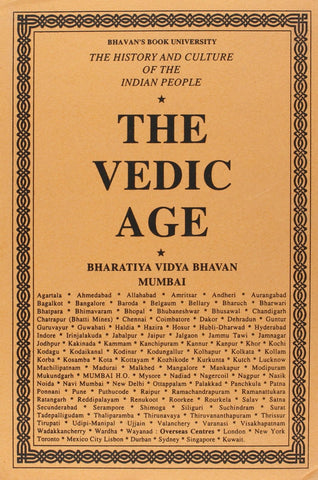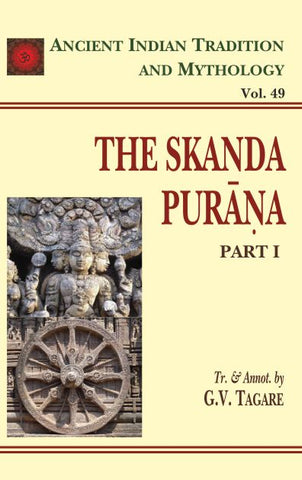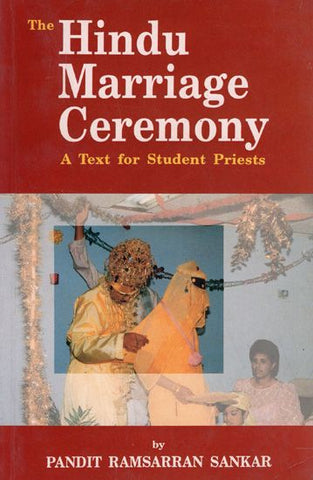Your cart is empty now.
Time pervades the Indian psyche: its presence is both experienced and debated in this tradition. Kala is a word which is familiar to most Indians and is used variously to mean time personified, time as death, time as the supreme reality, time as a cycle, time as the appropriate moment, time as destiny and so forth. A number of other words like samaya, rtu, vela, akasa, ksana, muhurtta, ghadi, etc. are used either to refer to time or to its different aspects.
While kala is the generic expression for time, it occurs only once in the Rgveda, and that too in a later section. To the early Vedic agriculturalists and herdsmen, time (rtu) meant a settled point of time, time appointed for any action (especially sacrifices or worship) and a division of year (seasons). In the Atharvaveda and the Brahmanas rtu was gradually superseded by kala- a word derived from kal, meaning to calculate or enumerate. Time is mentioned in the Svetasvatara Upanisad (Section 1.2) in the context of explaining the nature of Brahman and some passages in the Maitri (Section 6.14-6) refer to it as well. Atharvaveda also refers to kala in the context of its ability to "create" the world.
While a number of words are used to connote the general concept of time such as rtu, muhurtta, vela and even akasa, kala is most frequently and widely used and we shall often use it to refer to time. For instance, kala generally refers to a "fixed point of time," or "right time," "a space of time," and "time (in general)" in Atharvaveda and Sataptha Brahmana; "the proper time," "the time for departure," etc. in Satapatha Brahmana and the Mahabharata. Again in the Mahabharata it is used in the sense of "occasion." And "circumstance." It is also used in the sense of "a period of time," "time of the world" (or yuga), "measure of time" (in prosody), "death," "time of death," etc. in various other texts. Such a wide range of meanings of time point to two things: (1) the difficulty in grasping and defining time (which is debated and discussed in Indian thought), and (2) the different fields in which kal, as a concept (or as different concepts) plays a significant role, namely, the Puranas, Grammar, Philosophy, Astronomy, Jyotisa (astrology), Dharmasastras and Nitisastras (precepts), Vastu (architecture), Sangita (music), Citra (painting), Sthapatya (sculpture), Ayurveda (medicine), etc.
Time forms an inevitable part of discussion of any ancient tradition. This is true of India where one sees discussions of two aspects of time- time in the phenomenal world (samsara), and time unaffected or beyond this world (timeless) as in moksa. Both this-worldly activities and time, and time’s transcendence (moksa or nirvana) are found in almost all philosophical as well as religious of India. Ananda Coomaraswamy refers to this division of time into "time" and "timeless" in the Vedas , the Upanisads and Aranyakas as well as the Mahabharata. This attitude gets further reflected in almost all aspects of Indian tradition and culture. For instance, in Indian Aesthetics, when Abhinavagupta talks of the concept of (atma) ananda or chamatkar, a transcendence of time is suggested. Aesthetic relish or enjoyment is like no ordinary enjoyment. It is like brahmasvada (the experience or relish of Brahman)- a state of bliss that "doesn’t depend upon past or future time. This presupposes two levels of transcendence of time- ! (1) of real "temporal" time as one moves into the world and time of the work of art, and (2) a move from the world and time of the work of art into a "timeless" state wherein rasa or aesthetic enjoyment takes place in a transcendent present or "now". Such an approach affects the diverse art forms.
Another remarkable aspect of Indian notion of time is its cyclic nature. Transmigration of the soul suggests a cycle of birth and death, but not in replicative temporality (i.e. one doesn’t go on endlessly living the "same" life again and again in different births). But even this "apparently forward moving time" in which cycles of births and deaths take place itself is subject to some kind of transmigration- "Just as souls were perpetually reborn, so was the universe and time itself." Interestingly, this cycle is degenerative and cyclic at the same time. But since it is eternal, it is regenerative as well and hence srsti and pralaya follow one another endlessly. Interestingly, the disjointed time of the Vedas and the Aranyakas which constantly needs repair (provided by rituals) or which would lead to entropy later gets reflected in the entropic tendency of the Yugas (aeons) which move form purity to impurity (at least in the way they are presented, for instance in the concept of the yugas, where one moves from the krta aeon of purity to kali/kali or the dark aeon of dissolution) in the Puranas and in Samkhya literature as well.
Maya (referring to the illusory or ephemeral nature of the world) is another important concept that pervades much of Indian thought and has implications with reference to how we look at time. While saying nothing new it emphasizes the strong contrast between "time" (where things happen, which is the medium in which maya enacts itself) and "timeless" which is beyond all notions of past, present and future and hence established in moksa or nirvana.
However, one must be careful of the cyclic time vs. linear time, and East vs. West kind of oversimplification. In fact, the West looks at this over-generalized Hindu notion of cyclic time as theoretically weaker- since "linear time better reflects lived experience. However, as discussed earlier, the cyclic of birth and death are not identical or self-similar, and hence allows for linearity. This point needs clarification- while transmigration implies the cycle of birth and death, what happens in each birth is different, and hence, if we assume continuity, in that continuity, time and events move forward in linearity. Thus, the Hindu notion of time allows for both for cycles of lived experience (in each birth) as well as continuity (of Karma), and linear time as well.
From the cover
The concept of time has been variously interpreted and debated in the Indian tradition since ancient times. It is referred to by the word kala which has many meanings like time personified, time as death, time as a cycle and so on and other words like samaya, vela, ksana as well, which refer to various aspects of time.
The volume is a comprehensive collection of papers dealing with the philosophical, religious/ spiritual and linguistic aspects of time, and time as understood in Indian art, music and other aspects of culture. Scholars explore themes such as the notion of beginning of time in cosmology, theology and philosophy, time as interpreted by the Indian philosophical systems, use of the notion of time by Bhartrhari, and concepts of time as interpreted by Indian poets. They examine time as experienced in the seasonal, ritual cycles of Indian social, cultural and physical life, use of tala and laya in north Indian music, interpretation of time in the Ragamala painting tradition, perception of time in Indian architecture, and in Indian popular culture.
About the author
Priyadarshi Patnaik, Ph.D., is associate professor in the department of humanities and social science at IIT Kharagpur (India). His areas of specialization include Indian aesthetics, visual culture and non-verbal communication. He is also a creative writer, painter translator and photographer. He has authored more than 20 research articles and 15 creative writings in journals and edited volumes in India and outside. He has published two anthologies of poems, a critical work entitled Rasa in aesthetics (DK Printworld), co-authored a monograph on non- verbal communication and co-edited a volume on discourses on Ageing and Dying (Sage).
Suhita Chopra Chatterjee, Ph.D., is professor in the department of Humanities and social sciences at IIT Kharagpur (India). She has worked on various aspects of sociology in India with an abiding interest in Indian philosophical thought. She has authored three books and published several national and international papers. Her latest works include a co-edited volume on Discourses on Ageing and Dying (Sage).
Damodar Suar, Ph.D., is professor in the department of humanities and social sciences at IIT Kharagpur (India). He is an associate editor of the journal Psychological studies. His research focuses on social issues. He has authored over 70 scientific/ professional articles including book chapters and his books include Psychological aspects of polarization phenomenon, management through interpersonal relationships (co-editor), and Psychology matters: Development, Health and Organization (co-editor). He has handled more than 30 research/ consultancy projects, and coordinated more than 15 training programmes.
| Introduction | 1 | |
| Section I- Philosophy and Religion | ||
| 1 | Does time have a beginning? | 23 |
| Some Inter-systemic and General reflections | ||
| P.K. Mukhopadhyay | ||
| 2 | Time and its knowledge | 93 |
| Sukha Ranjan Saha | ||
| 3 | Time as power: A brief survey of Bhartrhari’s Metaphysics | 105 |
| The notion of Time in Kalasamuddesa | ||
| Tandra Patnaik | ||
| 4 | Time in Language | 119 |
| G.P. Panda | ||
| 5 | Time in the Spiritual traditions of India | 125 |
| Section II-Literature, Culture and the Arts | ||
| 6 | Time in Indian tradition: | 141 |
| A note on the Mahabharata | ||
| Binda Paranjape | ||
| 7 | Times as History, as Myth | 151 |
| H.S. Komalesha & Jason A. Manjaly | ||
| 8 | Time in North Indian Music | 165 |
| Sushil kumar Saxena | ||
| 9 | Time: Representation in from | 175 |
| Bimalaprasad Mohapatra | ||
| 10 | Time and the Ragamala Painting Tradition | 187 |
| Priyadarshi Patnaik | ||
| 11 | Time and Architecture: | 201 |
| Dialogues- The Indian perspective | ||
| Joy Sen & Joydeep Dutta | ||
| 12 | Time in Indian popular culture | 211 |
| Amrita Basu | ||
| The Contributors | 225 | |
| Index | 227 |
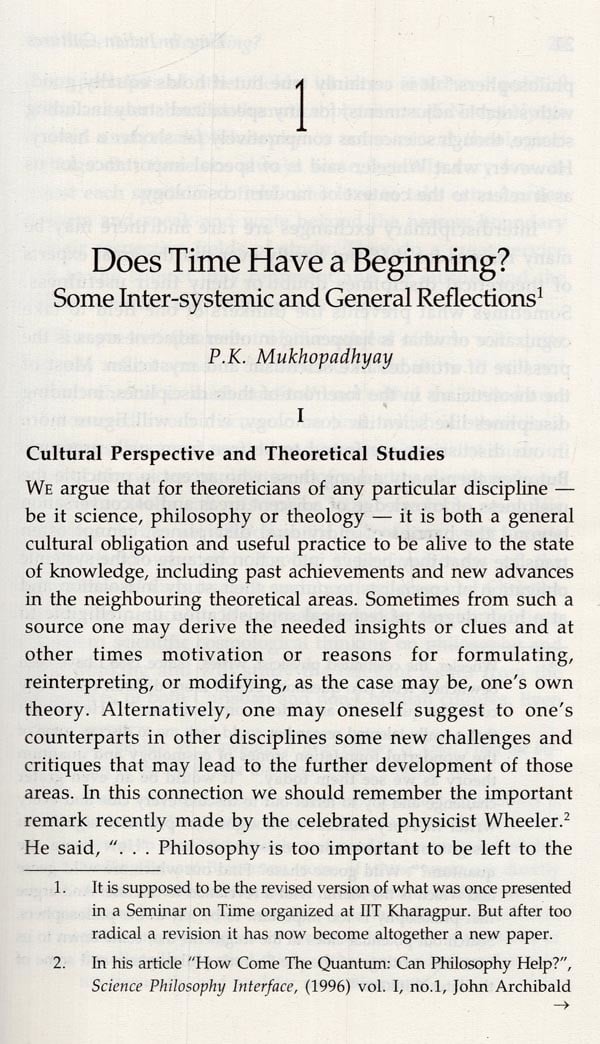


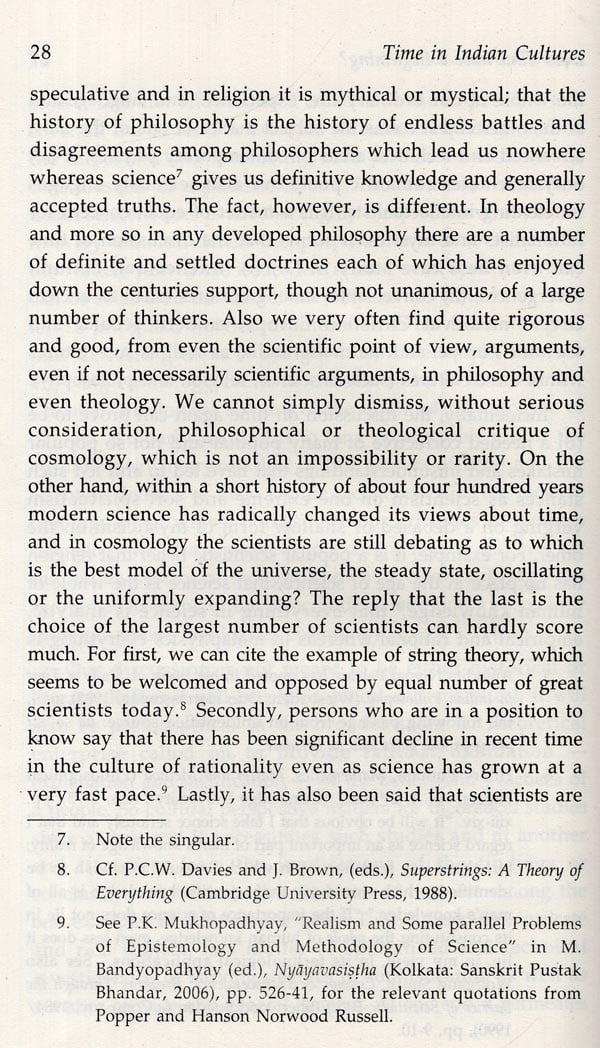
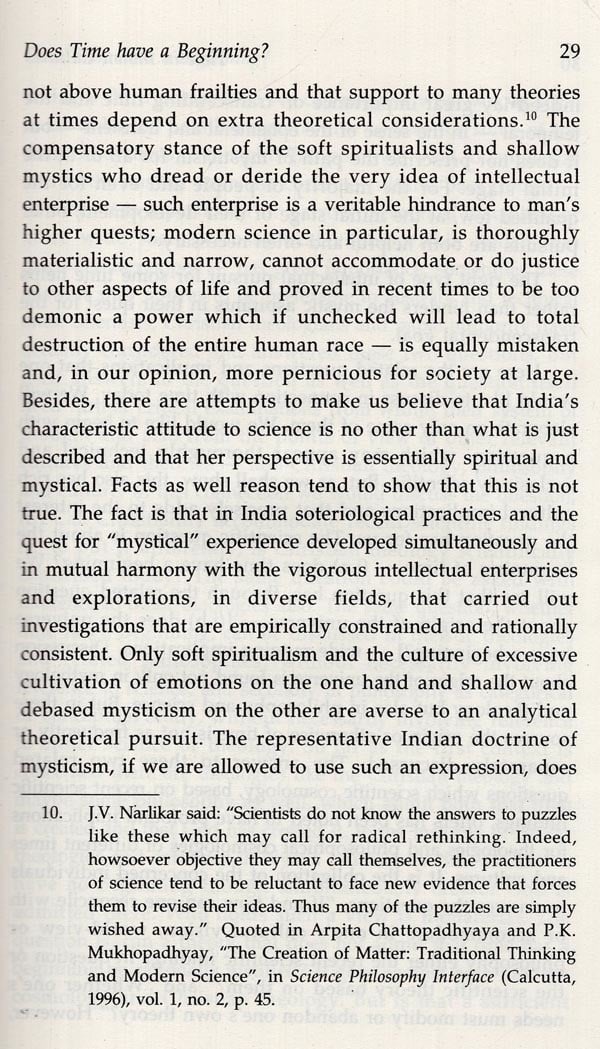
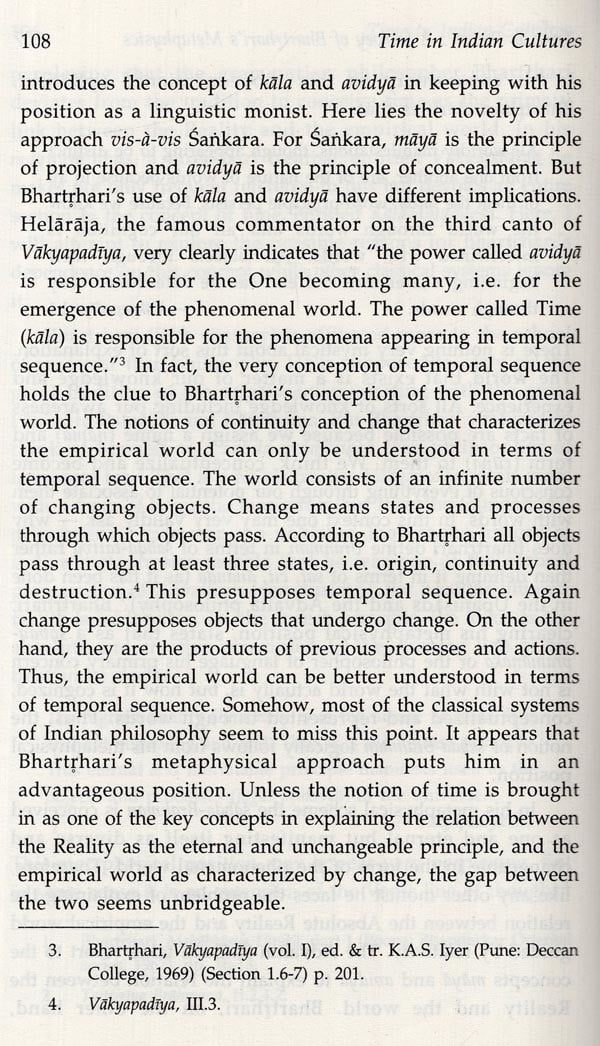
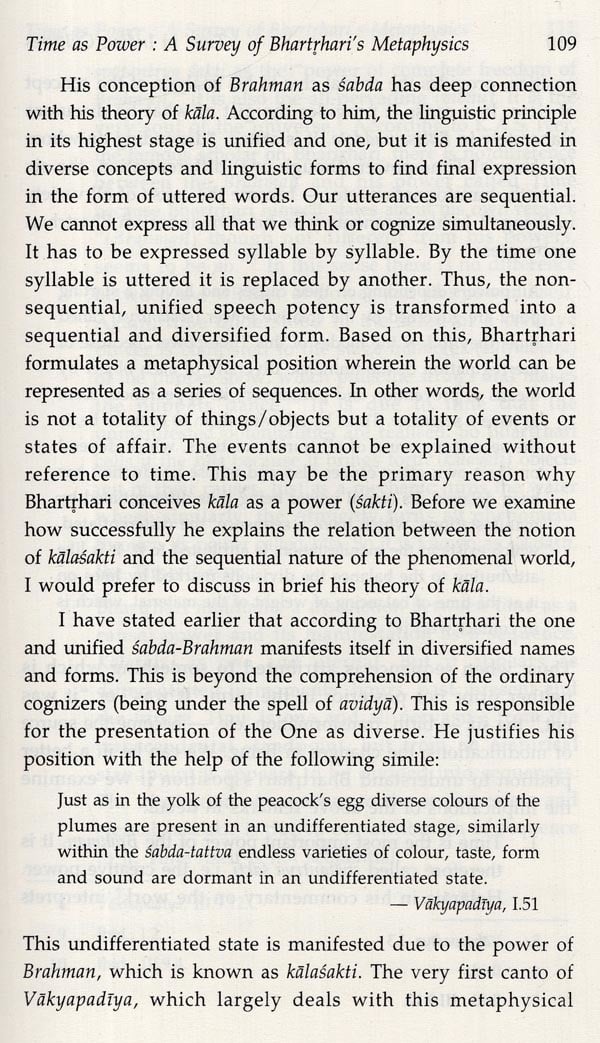
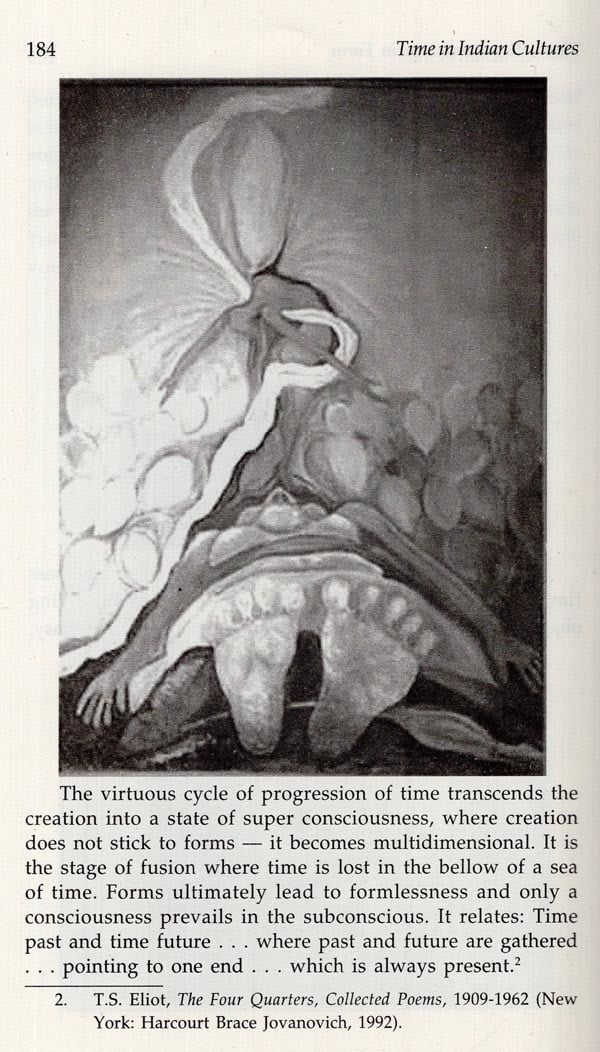
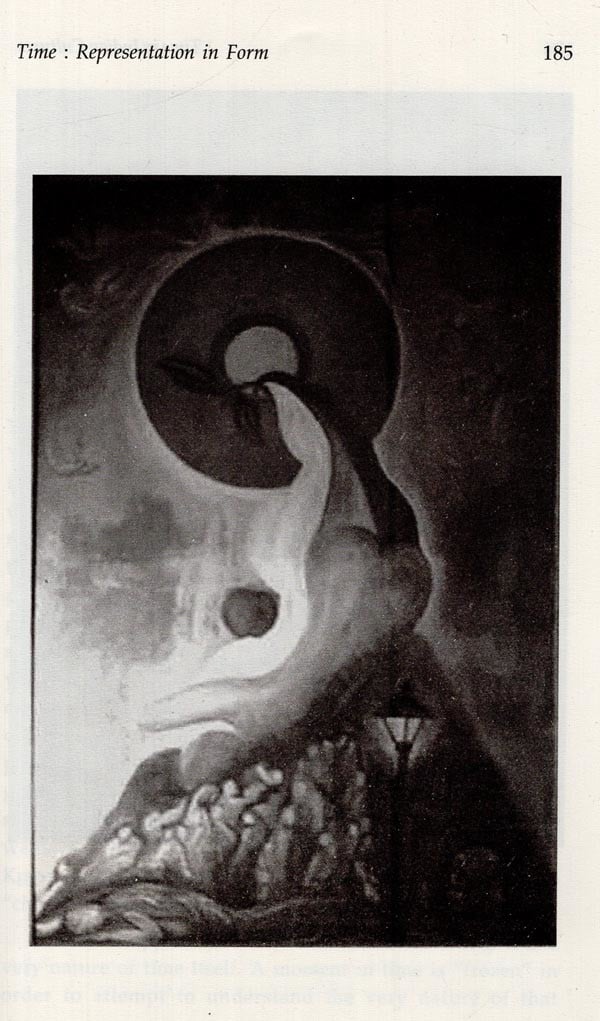
Delivery and Shipping Policy
- INTERNATIONAL SHIPPING
- Rs.1000-1100/kg
- ESTD. Delivery Time: 2-3 weeks (depending on location)
- Bubble Wrapped with Extra Padding
- NATIONAL SHIPPING
- NCR: Rs. 30/half kg
- Standard: Rs. 80/half kg
- Express shipments also available on Request
- ESTD. Delivery Time: Ranging from 1-4 days up to 7 business days (Depending on your choice of Delivery)
- TRACKING
- All orders; national or international, will be provided with a Tracking ID to check the status of their respective orders
- Depending on the Shipping Service, Tracking ID may be used on their respective tracking portals
Frequently Asked Questions (FAQs)
Domestic Shipping: 3-4 Days (after shipping)
International Shipping: 1-2 weeks (based on your location)
You will receive an email once your order has been shipped or you can email us if you didn't receive tracking details (info@mlbd.co.in)
Every book that we sell is the latest edition except all the rare books
Yes, we do provide free shipping, only on domestic orders (within India) above Rs.1500


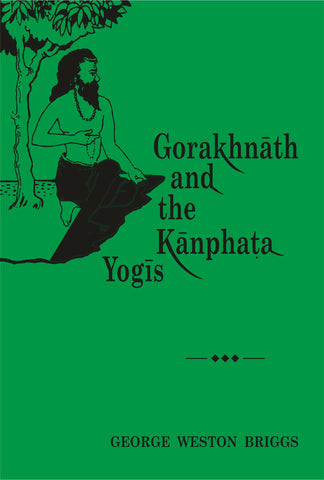
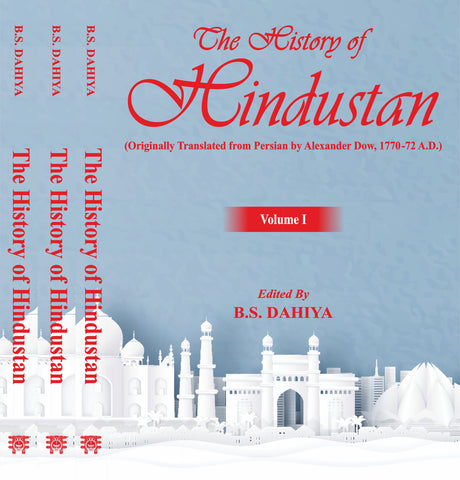
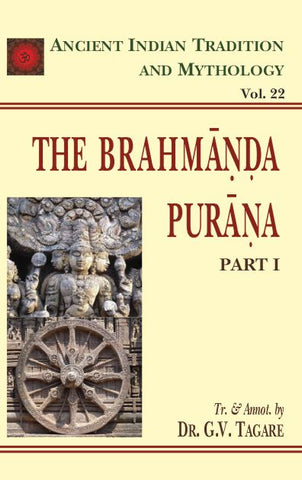
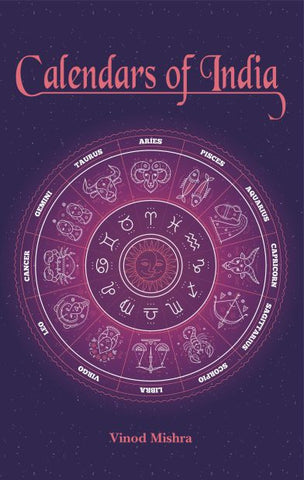
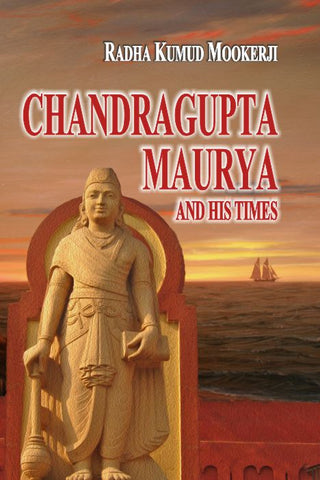
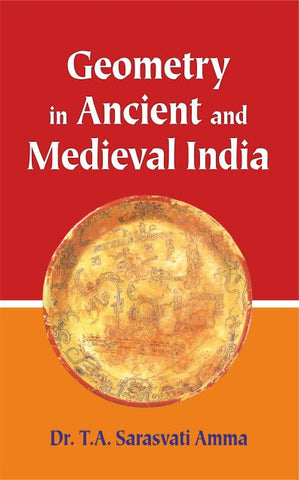
![A HISTORY OF INDIAN PHILOSOPHY [5 VOLUMES] by Surendranath Dasgupta](http://www.motilalbanarsidass.com/cdn/shop/products/HISTORYOFINDIANPHILOSOPHY_large.jpg?v=1675238163)
